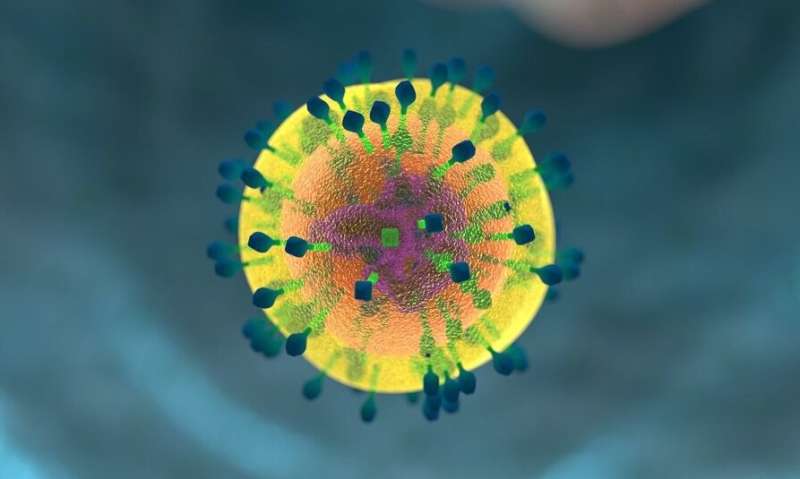Innovative Self-powered Patch Tracks Biomarkers Non-invasively

A novel self-powered microneedle patch can non-invasively monitor health biomarkers by collecting dermal interstitial fluid, eliminating the need for blood draws and external power sources.
Researchers at North Carolina State University have developed a groundbreaking self-powered microneedle patch capable of monitoring various health biomarkers without the need for blood draws. This innovative device utilizes dermal interstitial fluid (ISF), which contains nearly the same biomarkers as blood but in a simpler, unprocessed form, making testing more straightforward and less invasive.
The patch is composed of four layers: a polymer housing, a gel, paper, and the microneedles. Made from swellable materials, the microneedles penetrate the skin to access the ISF. Once in contact with the fluid, the needles cause the ISF to wick onto the paper layer. The paper, saturated with ISF, then interacts with a glycerol-infused gel creating osmotic pressure that draws more fluid in until saturation. When removed, the paper strip contains the collected sample for analysis.
In laboratory tests using synthetic skin models, the patches successfully collected measurable biomarkers within 15 minutes and stored samples for up to 24 hours. The team demonstrated the device’s effectiveness by monitoring cortisol levels, a stress biomarker that fluctuates during the day, highlighting potential for multiple daily measurements without painful blood draws.
This passive, battery-free technology offers a cost-effective alternative to conventional blood testing, requiring only disposable materials and simple mechanical operation. Current progress includes human trials and the development of electronic readers to analyze the samples directly from the paper strips.
The research team aims to collaborate with industry partners to enhance scalability and explore additional biomarker applications, promising a future of minimally invasive, continuous health monitoring that could revolutionize diagnostics and patient care.
Stay Updated with Mia's Feed
Get the latest health & wellness insights delivered straight to your inbox.
Related Articles
Innovative Method Fast-Tracks Measurement of Cell Density to Assess Health and Developmental States
MIT researchers have developed a fast, large-scale method to measure cell density, revealing important insights into cell health, immune activation, and drug responses. This breakthrough enhances our understanding of cellular states and could revolutionize biomedical research.
Microscopic Pores in Brain Cells Could Unlock Mysteries of Parkinson's Disease
New research uncovers how tiny, dynamic pores formed by toxic proteins in brain cell membranes may be a key factor in Parkinson's disease development, paving the way for early detection and targeted therapies.
Inhalation of Farm Dust Disrupts Gut Microbiome and Impairs Intestinal Integrity in Mice
Inhalation of farm dust can disrupt gut bacteria and weaken the intestinal barrier, leading to potential systemic health issues. New research highlights the importance of protective measures for agricultural workers.
Promising Preclinical Research Links Alzheimer's Drug to Potential Alcohol Addiction Treatment
Preclinical research indicates that tideglusib, an Alzheimer's drug, may be effective in reducing alcohol consumption, offering new hope for treating alcohol use disorder.



